After the explosion that occurred on the night of April 26, 1986 at the fourth unit of the Chernobyl Nuclear Power Plant (ChNPP), the reactor unit, ventilation stack, machine hall and other buildings were destroyed. Major damage to buildings was identified by external inspections and through penetration of accessible areas (determined by the level of radiation and the degree of destruction.
Thus it was determined that the reactor core has been completely destroyed and its fragments were thrown out by the explosion. These fragments hit not only in the collapsed portions of the wreckage, but also on the roofs of neighboring buildings, on platforms of the ventilation stack and were scattered across other areas adjacent to the destroyed power unit. Later, it was determined that part of the nuclear fuel had reached locations underneath the reactor. Under conditions of extremely high temperatures, the nuclear fuel and design elements of the reactor fused together in the form of fuel-bearing lava flows that reached the facilities’ lower levels. Later it was found that less than 4% of the nuclear fuel from the Chernobyl Nuclear Plant’s destroyed reactor 4 was released (about 0.3% of nuclear fuel was released at ChNPP, 1.5% – on the territory of the Chernobyl exclusion zone, 1.5% of the fuel from ChNPP reactor 4 settled in the territory of Ukraine, Belarus and Russia and about 1% fell outside the former USSR).
The walls and ceilings of the reactor’s central hall were destroyed. The explosion dislodged the upper biological protection plate and moved it across the reactor shaft. Ceilings and walls of the drum-separators were destroyed. The unloading-loading machine was damaged and fell into the destroyed reactor. The premises of the northern main circulating pumps were completely destroyed, while the premises of the main southern circulation pumps were only partially destroyed.
In the ventilation stack, two upper floors were destroyed and structural columns where shifted toward the machine hall, which also suffered its own fire. Its ceiling was destroyed, and the explosion deformed and displaced columns and structural supports.
The reactor’s emergency cooling system was completely destroyed. This system was buried by other building structures.
In addition to the aforementioned major destruction was the destruction of individual structures and facilities that did not have much influence on the overall stability of the buildings.
After the blast, the entire area located near the destroyed unit was polluted by elements of the reactor core: chunks of fuel rods, graphite stack reactor elements, elements of the buildings and constructions. Levels of radiation exposure reached doses of 200-300 Roentgens per hour. Platforms of the ChNPP building foundation were contaminated and could not be used for the purpose of building the “Shelter” object.
According to various estimates, the overall activity of radioactive substances that were released into the environment from the destroyed reactor of the Chernobyl Nuclear Power Plant, according to various estimates, range from 50 to 90 MCi.
Reference:
- Kurnosov VA, Bagryansky VM, Moiseev I.K. Burial of the fourth unit of the Chernobyl Nuclear Power Plant. — Nuclear Power, t.64, 4. 1988 — S.248-254.
- A.A Klyuchnikov, Krasnov VA, Rudko VM, VN Scherbin The current state of the object “Shelter”. Problems and safety of the Chernobyl Nuclear Power Plant. 200. — S. 6 – 65.
- Description of object “Shelter” and claims to its transformation / MiniChernobyl Ukraine, Academy of Sciences of Ukraine. — Kiev: Science. Dumka, 1992. – 50p.


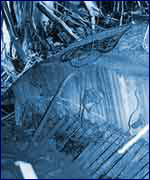


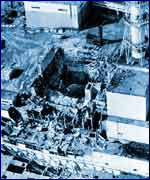
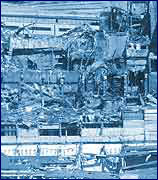
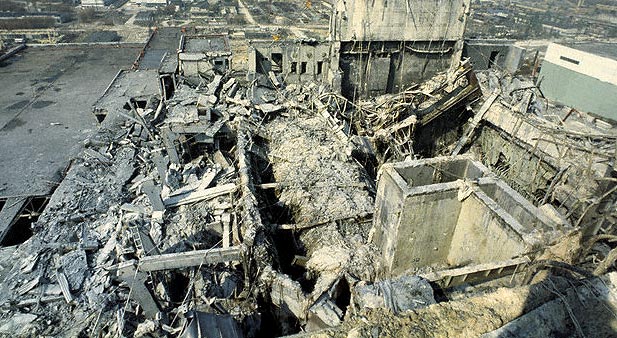
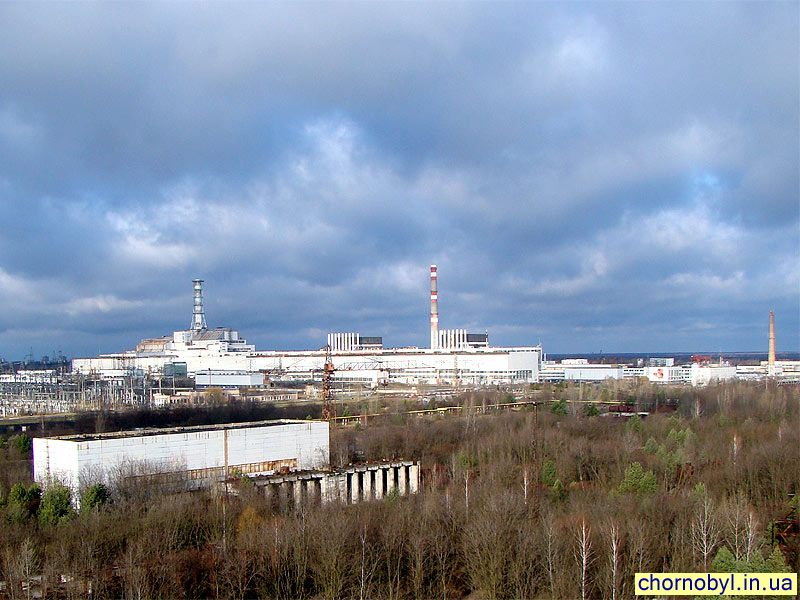







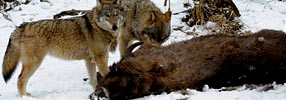






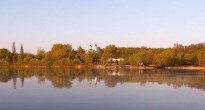

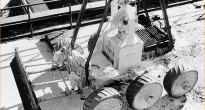

 Russian
Russian